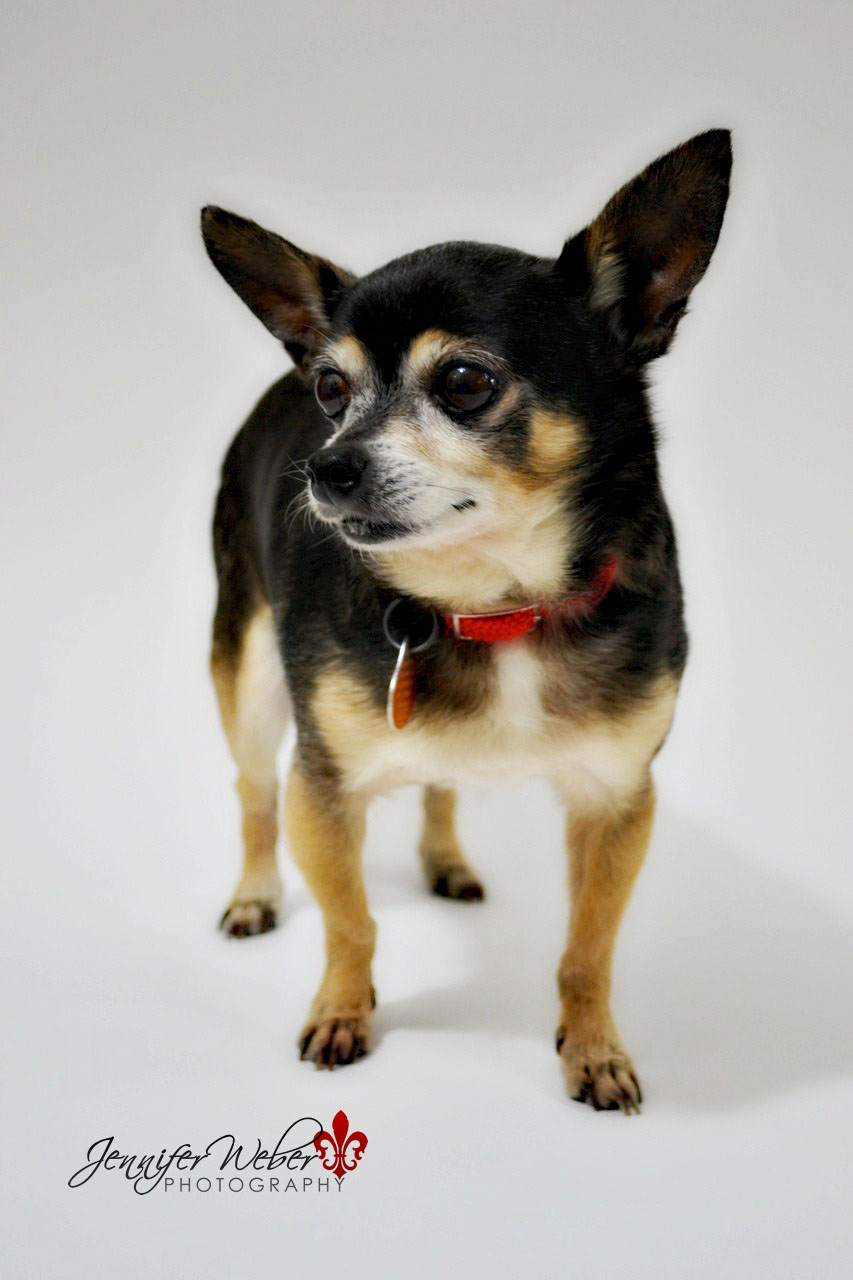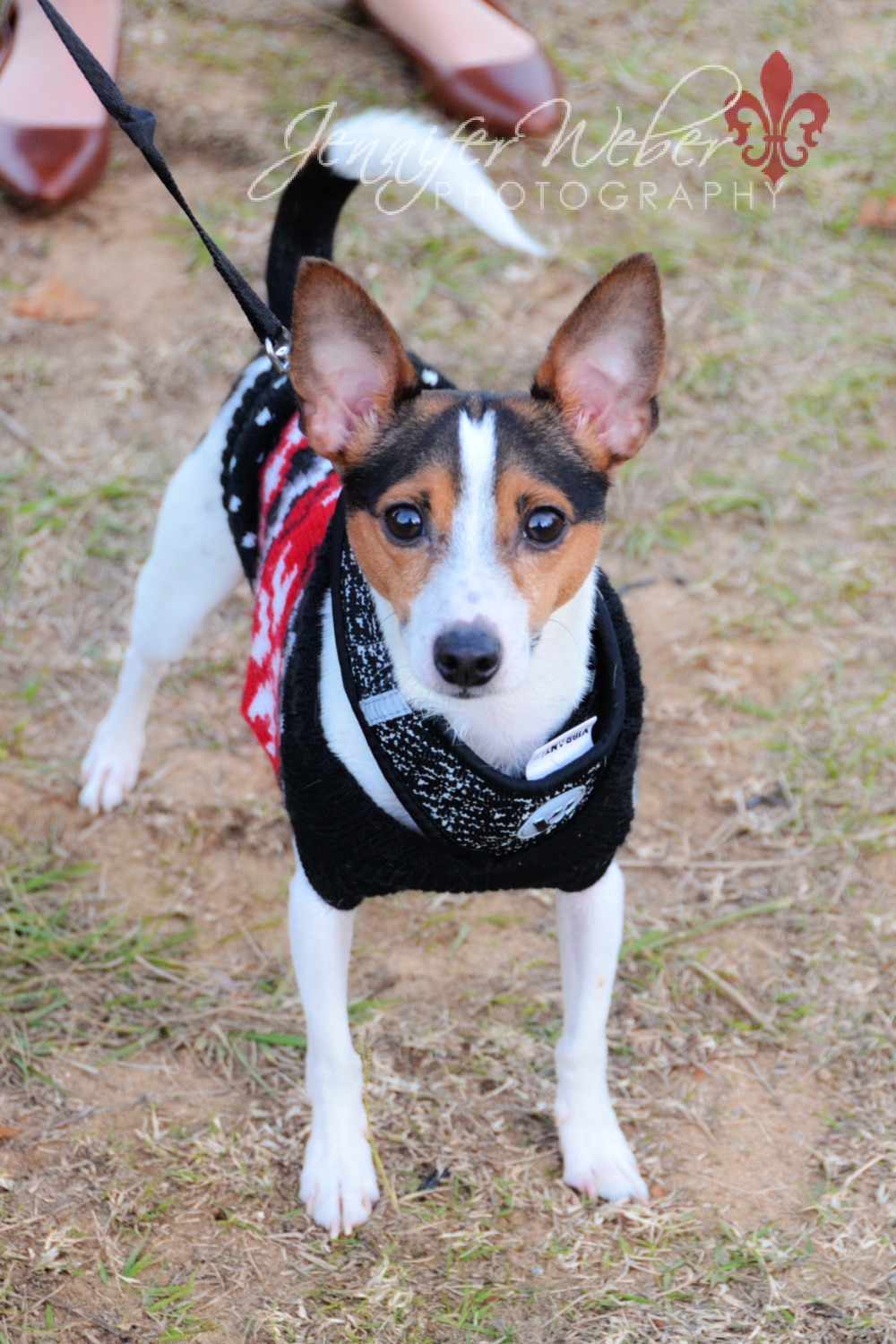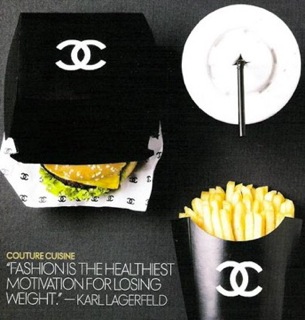 If my middle name were not Lynn it could just as well be Lazy. Also Impatient.
If my middle name were not Lynn it could just as well be Lazy. Also Impatient.
Jennifer Lazy Impatient Weber.
However.
In equal measure, my two-part middle name could be Easily Inspired.
Jennifer Easily Inspired Weber.
And when it comes to taking pictures, I am neither lazy nor impatient. I am easily inspired, unusually energetic, and (for me) unnaturally patient.
The reasoning behind it is not important. It's a mystery even to me.
All I know is, with that camera in my hand I can say (and often do) with Sweeney Todd when warbling of his precious chased-silver razors:
At last! My arm is complete again.
I also know you don't need a fancy camera in order to take good pictures.
My first digital camera, a Sony Cybershot, was a gift from my children on my birthday in 2005. I think it cost them around one hundred fifty dollars. Within three years I all but wore it out taking pictures of Melanie.
During that time I never entered a cemetery to take pictures. In fact I entered a cemetery only once in those years, for the usual reason. I'm just thankful I was able to walk out.
When the Sony Cybershot died I was camera-less for a good while. Like most people I've always loved taking pictures, but the real burning desire, the absolute necessity of taking pictures of things other than my family members or my pets or of a vacation, had yet to grip me.
On our thirtieth wedding anniversary in 2009 the kids gave "us" a Nikon Coolpix. It was Erica's idea. Thanks, little Boo. Cost: one hundred twenty dollars. TG never touched it; he never got the chance.
I took at least fifteen thousand pictures on that camera (thousands of those in cemeteries) and it's still a good camera.
Many of the pictures I took with the Nikon Coolpix have been published in magazines, including the November 2010 cover of American Cemetery, which was my serendipitous shot of the Thomas Theus monument at Bonaventure Cemetery in Savannah, Georgia.
Last Christmas I got a Nikon D3100 that cost my family around eight hundred dollars. Now granted, it takes better pictures than either the Cybershot or the Coolpix. Naturally.
But the way I use the camera is the same. I go picture-taking on purpose but often take pictures spontaneously. I go hardly anywhere without my camera. Forgetting generally leads to regretting.
You never know when you might see something that begs silently for its picture to be taken, or when you may require a spot of point-focus-click therapy.
Gobsmacking sunsets occur with alarming regularity whether your camera is handy or not. And once they're gone baby, they're gone.
So see? You don't need a thousand-dollar camera or a bulging lens kit or unwieldy and expensive accessories or photography lessons in order to take decent pictures. You don't even need Photoshop.
What you need in order to take good pictures is first, the burning desire coupled with a willingness to take ten times the number of shots you might actually keep or use. You must become intimately acquainted with the delete button, both on your camera and your computer.
Then train yourself to begin looking at things in a certain way, and fearlessly take hundreds upon hundreds of pictures without worrying too much about how they're going to turn out. Like soap, data cards are cheap.
Then it's all about surrendering yourself to the arduous process of combing through your pictures, cropping and tweaking as you go, to locate or create worthwhile shots. And the occasional miraculous ones.
It helps if you have an iMac. Thanks again, kids!
Do you remember last weekend, I told you I took one thousand pictures?
Around one hundred of those are what I consider excellent pictures. Of course, that's only my opinion. The actual number of excellent pictures may be twenty. But I'm going with one hundred.
Now why, you may be asking yourself, is a rank amateur who doesn't know an F Stop from the Key of F -- or F Troop for that matter -- deigning to pepper us with photographic philosophy?
Because I felt like it and that's all the reason I need.
Although I will say, I get a fair number of emails and comments praising my "eye" and asking, with regard to my photos, "how I do it."
I choose to think such compliments and inquiries are sincere.
To which I say the following, illustrated with what I believe are good examples.
Pay attention because I am getting ready to reveal simply all my secrets when it comes to photography.
Don't worry! This part won't take long.
First you must choose a subject. I am unfailingly amazed at subjectless photos. Why were they taken? What is the point? I can never figure it out.
In order to locate a subject, open your eyes and look around you. Really look.
For example, when at Old Gray Cemetery in Knoxville last Saturday, we were leaving when I noticed the old sign resting behind the bars of a caged office just inside the gate.

After squeezing off several shots of different angles of the sign and the office, I turned my attention to the gate itself.
After all, I was fixing to walk through it. Audrey was already at the car. Seems when it comes to impatience I have reproduced myself. Just kidding, Audge. Thanks for taking me graving and for bringing me that Diet Coke toward the end.
But the shadow ... the shadow! Breathtaking. I love taking pictures of shadows.

Once you've identified your subject, begin taking pictures of it. Don't forget the law of thirds: the subject should occupy one-third of the frame on either side rather than being smack in the middle. If possible. Remember though, rules were made to be broken.
As much as you can, avoid the use of artificial light. Take your pictures when the light is good, not too harsh or bright but not too low either.
Approach the subject and start taking pictures at different distances and from various angles. As often as not I don't even look to see what I'm getting. I bend over and put my camera close to the ground or train it on a lower part of the subject, and just keep on pressing the button.
You get some evocative images and interesting ideas that way.
When your subject by necessity fills the viewfinder, take the photo at an oblique angle, which adds interest, rather than head-on, which can be flat and boring.
Often what separates information from emotion is a thin taut membrane of perspective and context.

Ah, poor doomed Lillien Gaines, her span on this earth less than eight years.
I took several shots of Lillien's entire monument but I'm not going to show you those. Instead I'm going to show you the intensity you can evoke by drawing a bead on intricate details.
The lichen-spotted likeness of little Lillien broods this one and one-third century:

In her cold stone lap rests the ubiquitous funereal floral bouquet:

Don't be afraid to get close! Close in is where all the good stuff is.
And don't be afraid to omit whole parts of your subject. It's much more dramatic and suspenseful than revealing all. The human mind loves to fill in blanks.

As you survey your subject, allow yourself to feel compassion for it. Settle down and go still. It will come to you. Then you'll notice something you might have missed, like a wee sad cracked arm and wrist:

And perhaps you'll be moved to capture a plump little-girl hand from a unique, slightly more ominous point of view:

Next thing you know, you're practically in tears for the child's tiny silent feet and the brief curve of a calf.

How Lillien's mother and father must have suffered! Were there siblings? Of what did she die?
Then you shake that off and go for the jugular.

If that last shot failed to make you gasp, don't tell me. It's enough that it made me gasp when I first saw it. A trifle unsettling.
Good photography will make people feel something. And it's worth whatever you have to do to make that happen, if that's what you want to do.
But how do you know a photo you took has merit? You may be asking yourself at this juncture. I used to do that too, about my writing and my pictures.
I don't indulge in such questions anymore. If I want to write it and put it out there, if I want to take a picture and post it or submit it for publication, I'm going to. And you should too.
The worst that can happen is rejection and if you're scared of that, I cannot help you.
Although I am not necessarily an admirer of Andy Warhol or his art, I very much like a quotation attributed to him:
Don't think about making art, just get it done. Let everyone else decide if it's good or bad, whether they love it or hate it. While they are deciding, make even more art.
That's how I roll, y'all.
And all of that was free for nothing, and that is all.
 Monday, October 31, 2011 at 07:44PM
Monday, October 31, 2011 at 07:44PM 

 Jennifer |
Jennifer |  6 Comments |
6 Comments | 

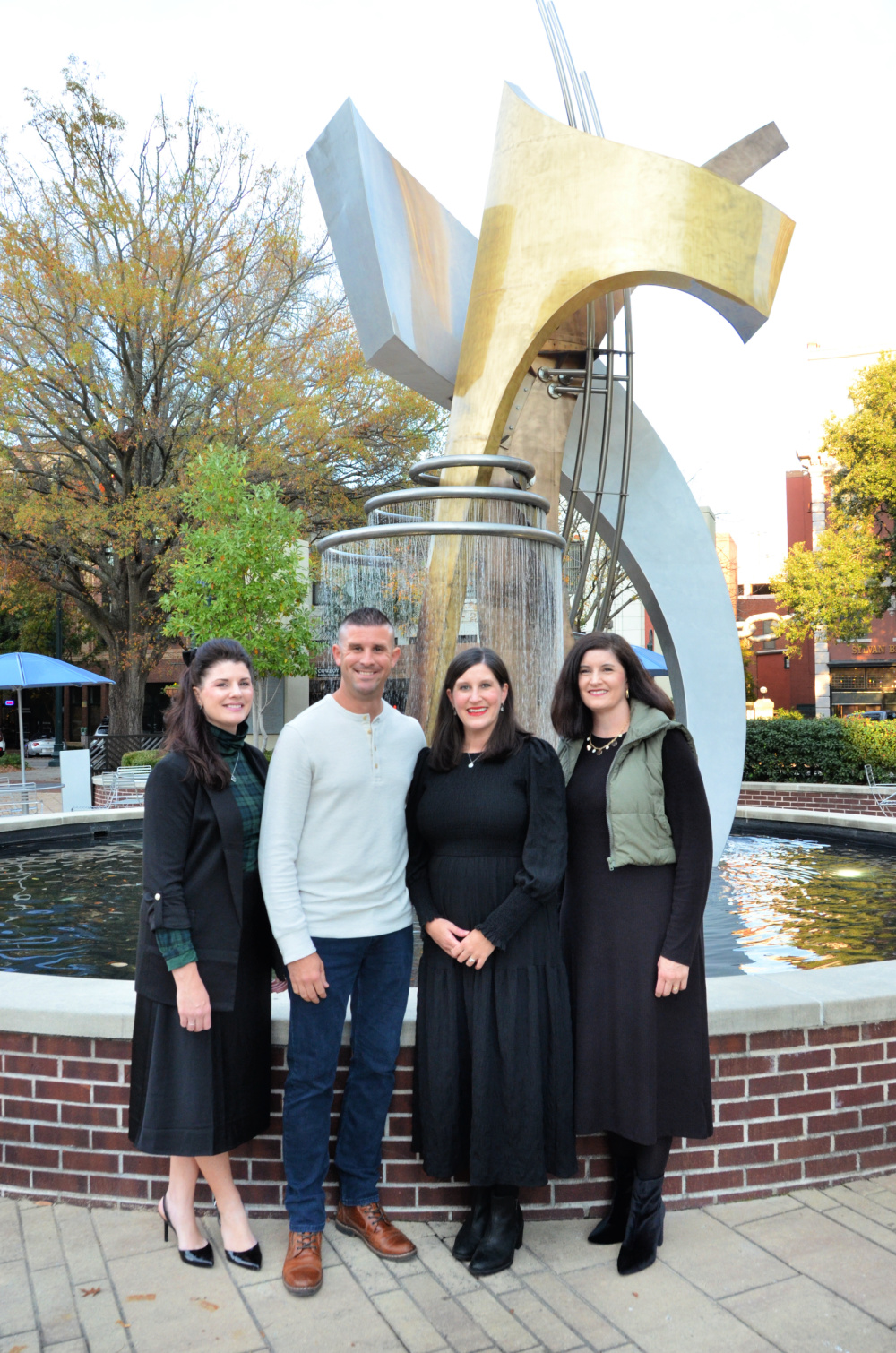
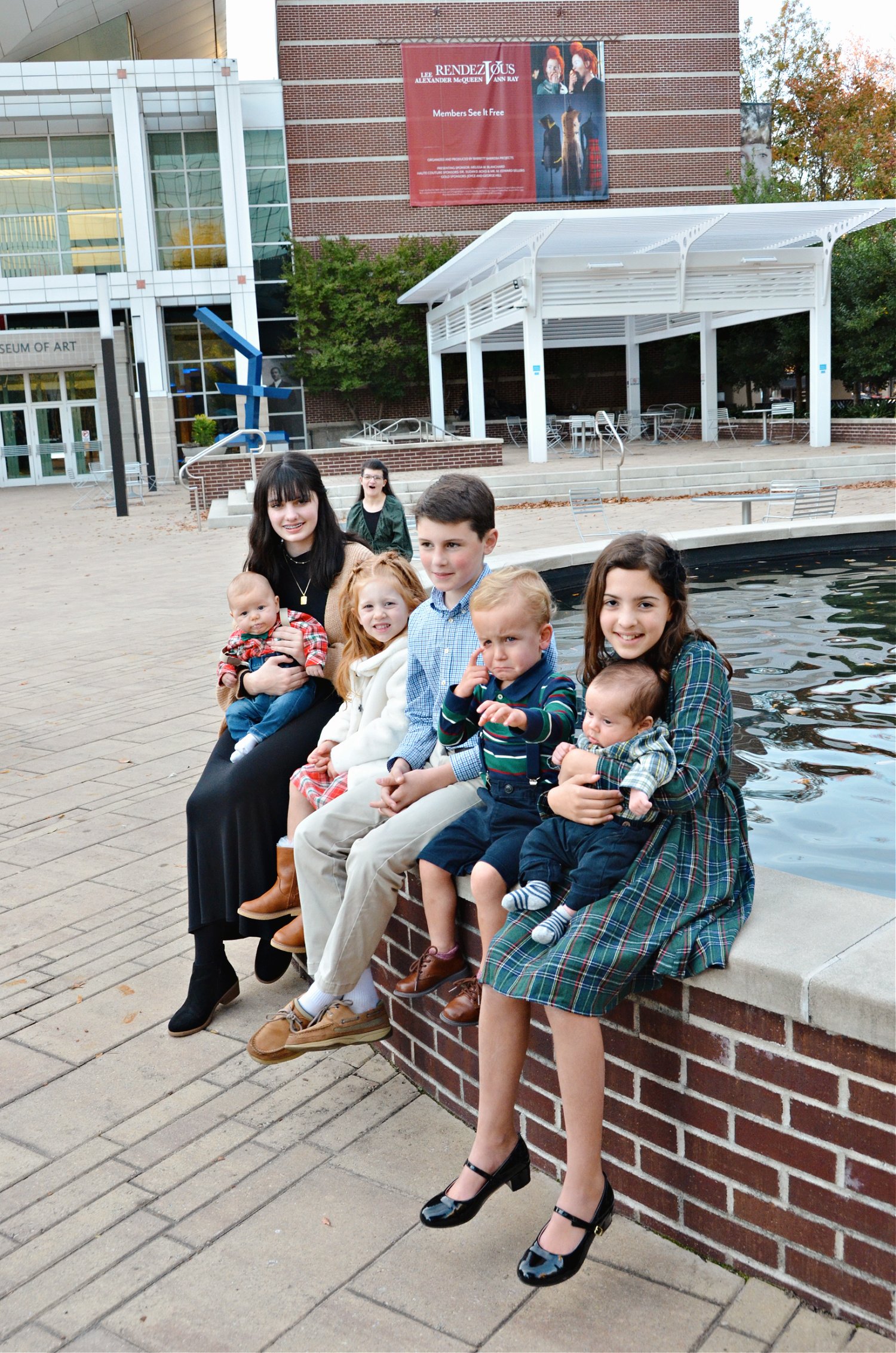



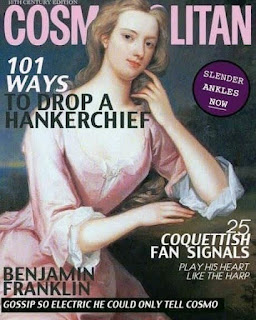









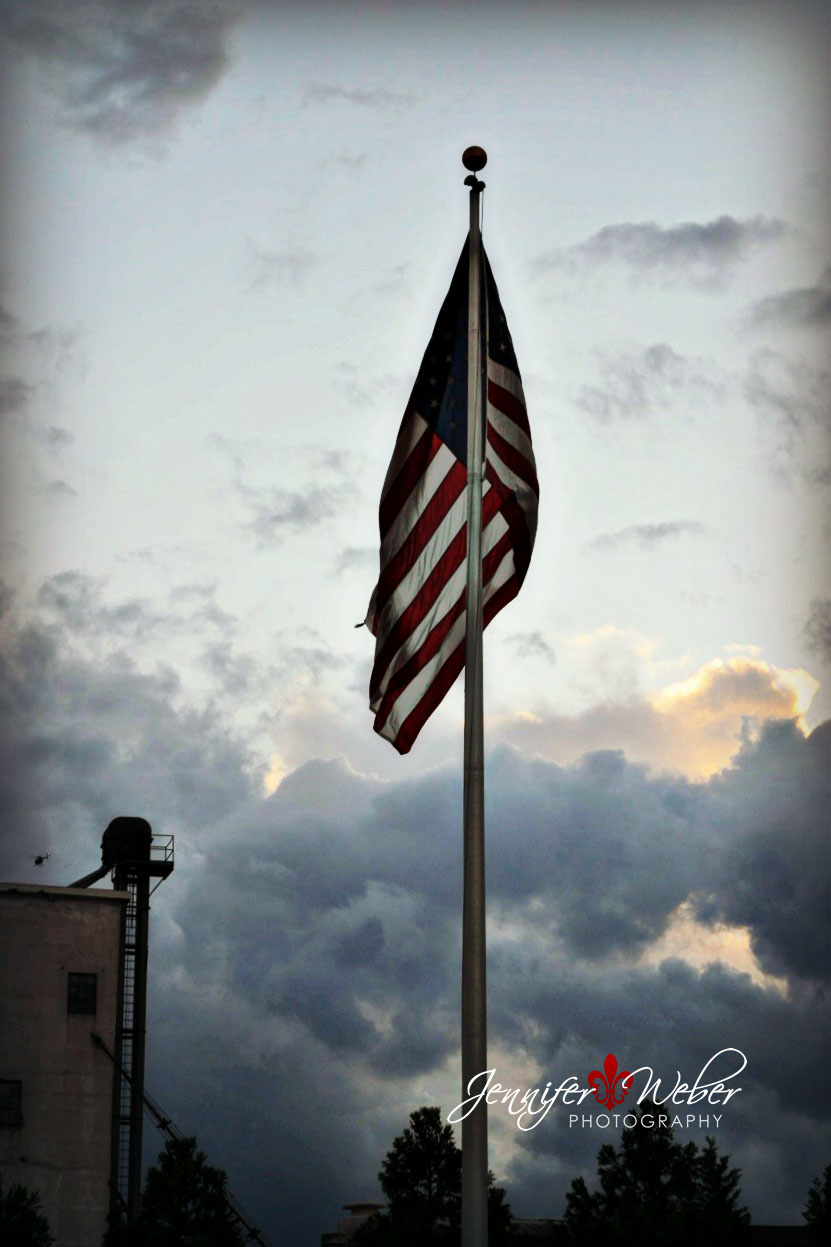

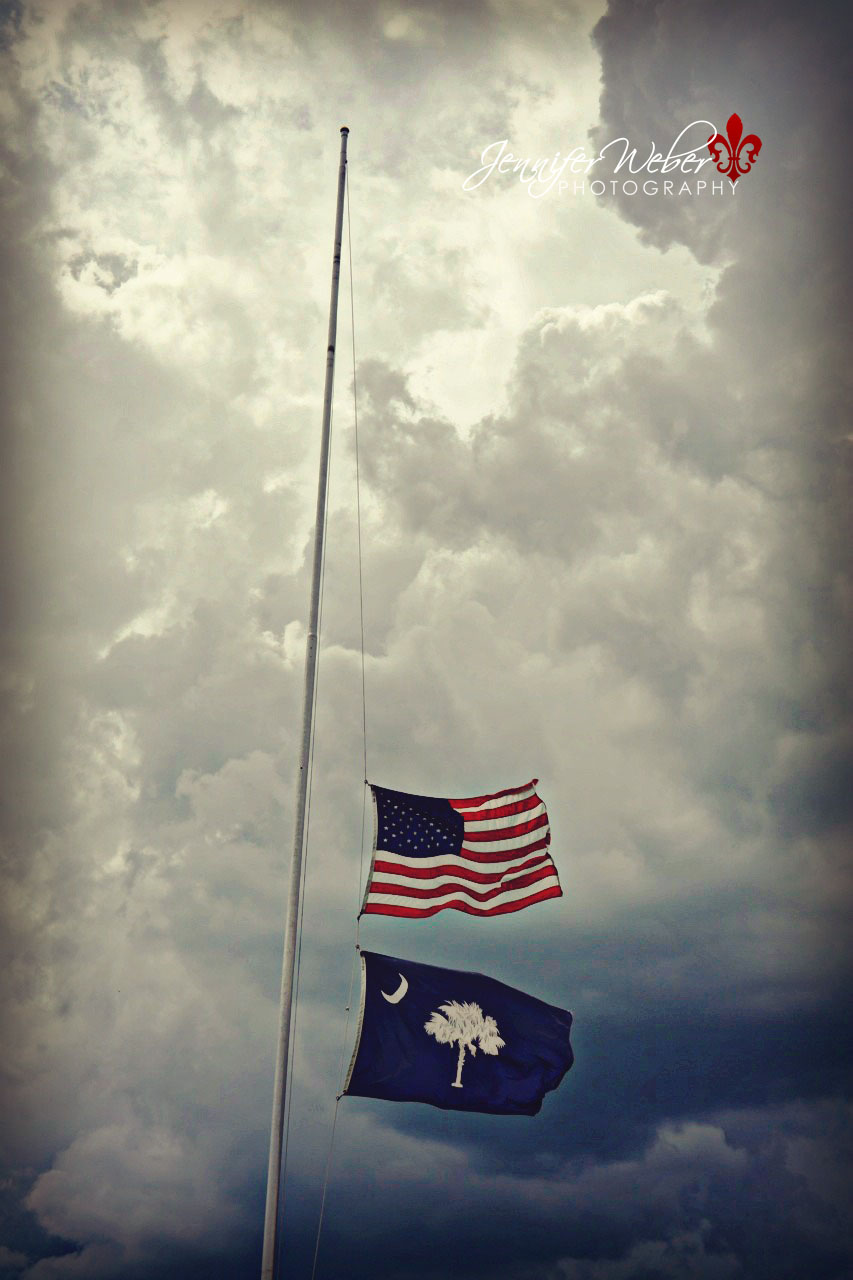


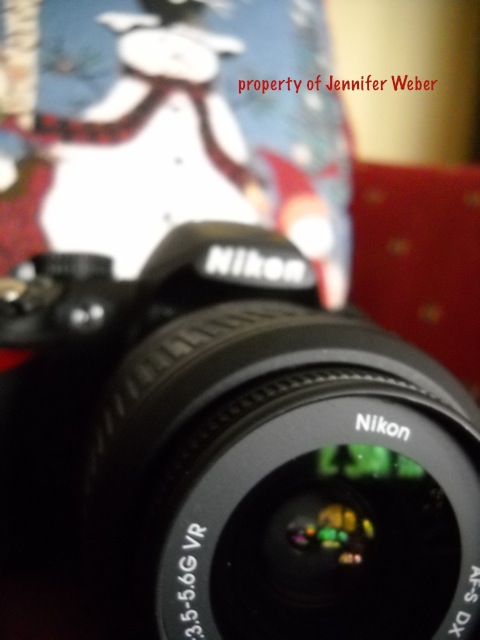
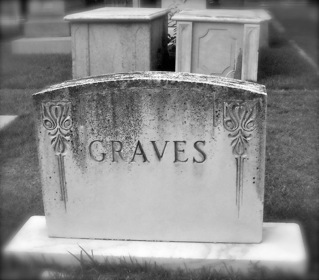
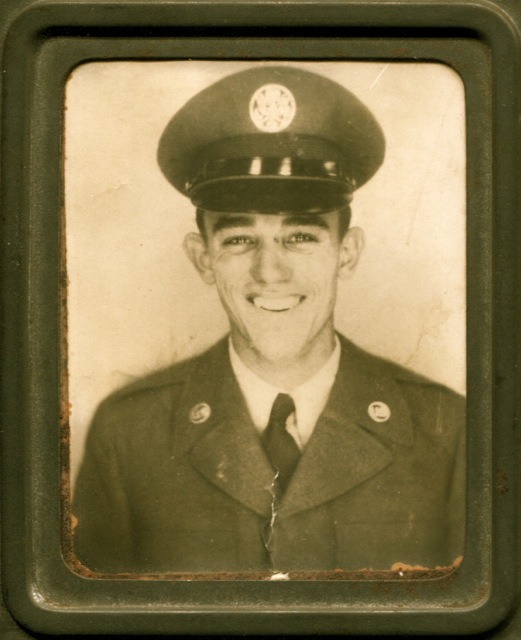
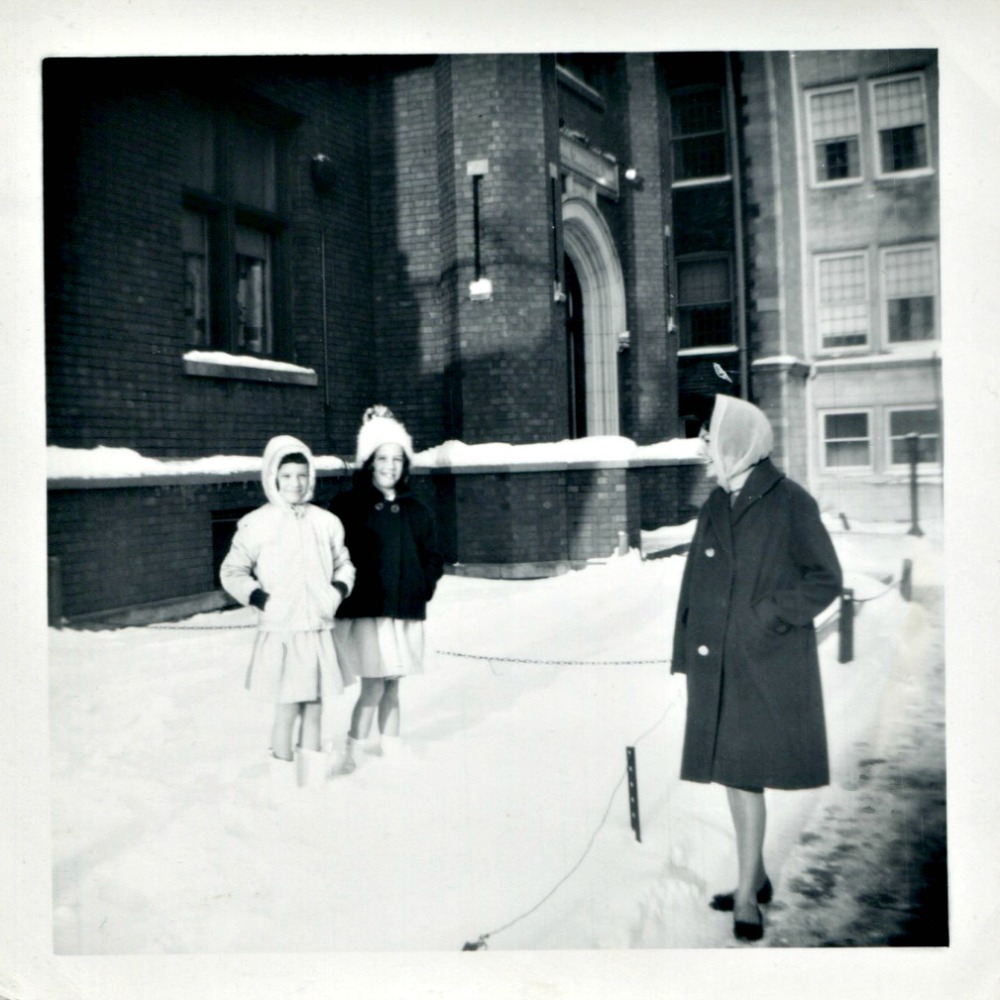
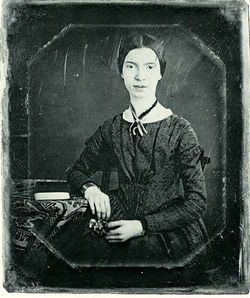
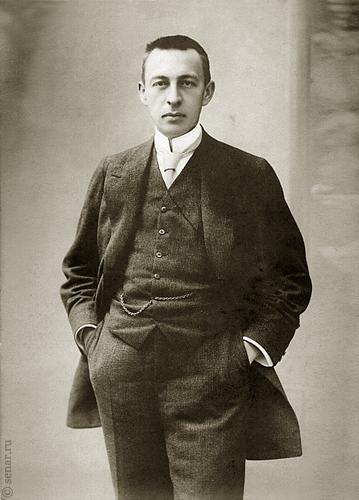

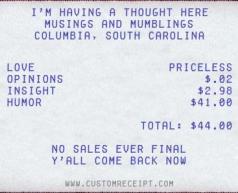
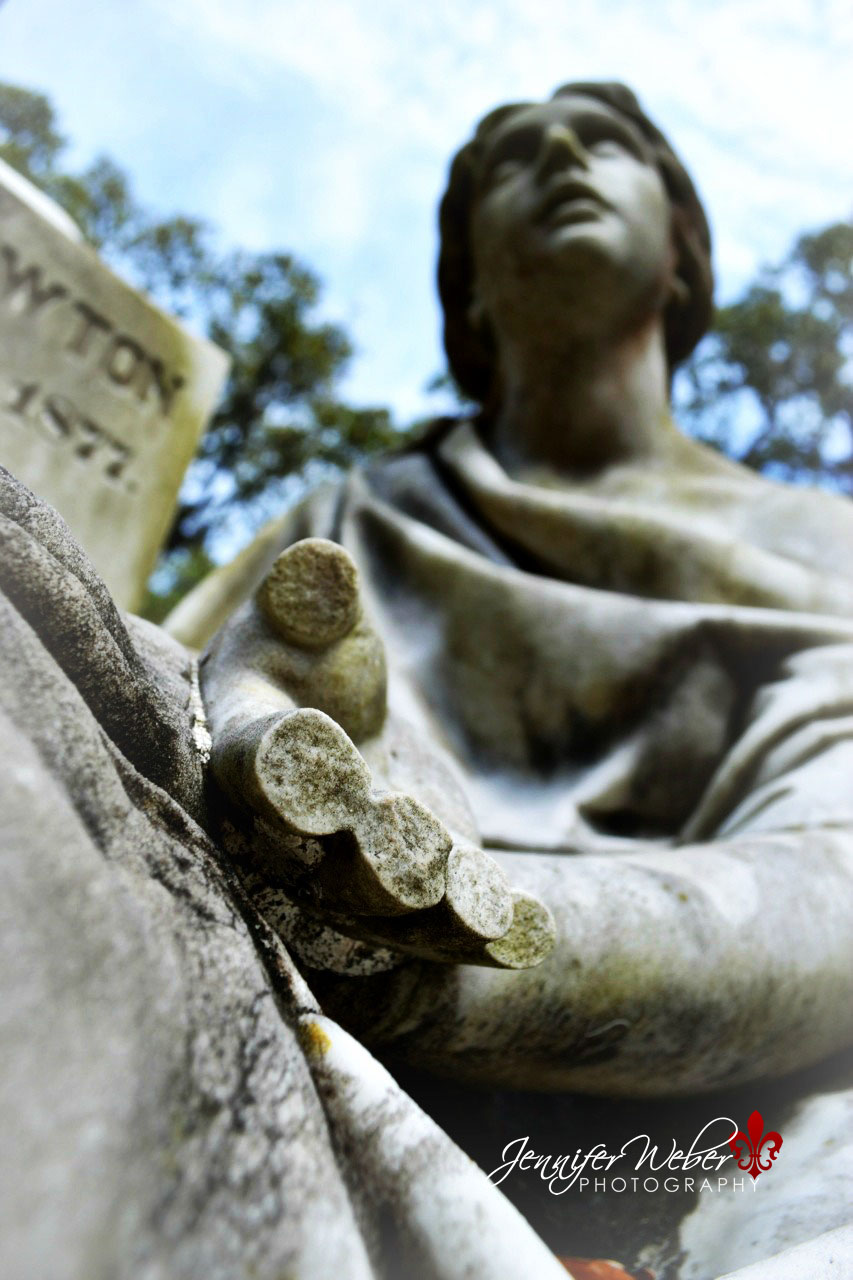


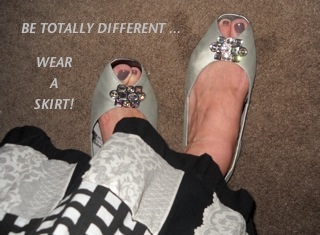


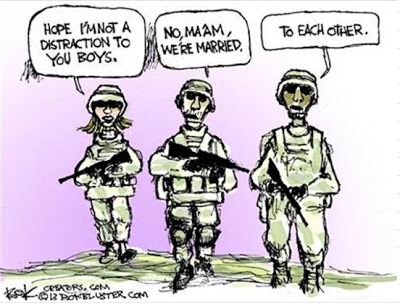
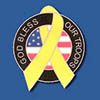

























































![Hold Back the Dawn [DVD] Charles Boyer; Olivia de Havilland; Paulette Goddard](http://ecx.images-amazon.com/images/I/41AkExBJQsL._SL75_.jpg)
